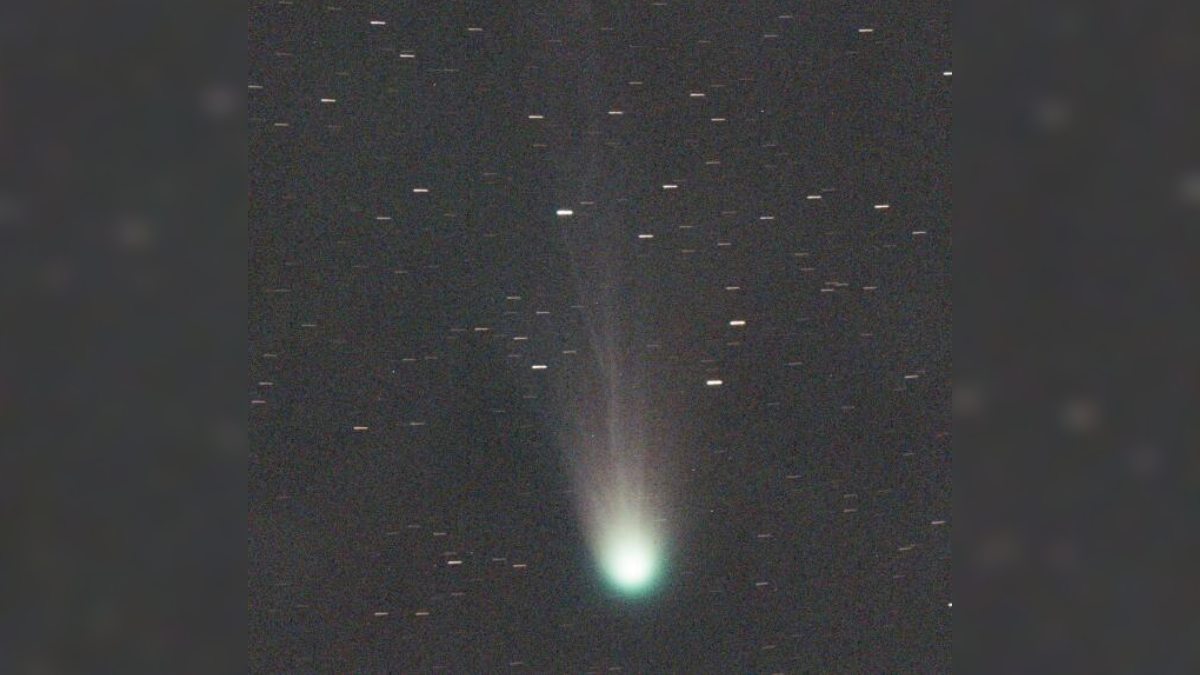Astronomy enthusiasts in Abu Dhabi had a celestial treat earlier this week when a rare, vivid comet known as the ‘devil comet’ made an appearance in the desert sky, thanks to its distinctive two-horned appearance. Captured by the Al Khatt Astronomical Observatory on March 27, this cosmic phenomenon has caught the attention of both locals and experts worldwide.
The ‘devil comet’, officially named 12P/Pons-Brooks, was first discovered in 1812 and orbits the sun every 71 years. According to the International Astronomy Centre (IAC), it will be closest to the sun on April 21 and nearest to Earth on June 2. Its visibility is anticipated to peak during the total solar eclipse on April 8, as highlighted by NASA.
Experts advise that now is the prime time to view this comet as it brightens on its approach towards the sun. “As it gets closer, it becomes brighter but more difficult to see as it nears the horizon and the sun. Now is the best time to see it,” said an IAC representative. They also warned that the comet’s visibility would decrease by the end of April, making it challenging to spot.
For those eager to witness this spectacle in the UAE, the IAC recommends looking west approximately 45 minutes after sunset, where the comet will be about 15 degrees above the horizon. While it is visible to the naked eye, binoculars are recommended for the best experience. The use of a smart app to pinpoint its exact location among the stars could also enhance the viewing.
Comets are often described as cosmic snowballs composed of dust, rock, and ice, which can spew gases and dust into a glowing head larger than a planet when they orbit closer to the sun, according to NASA.






